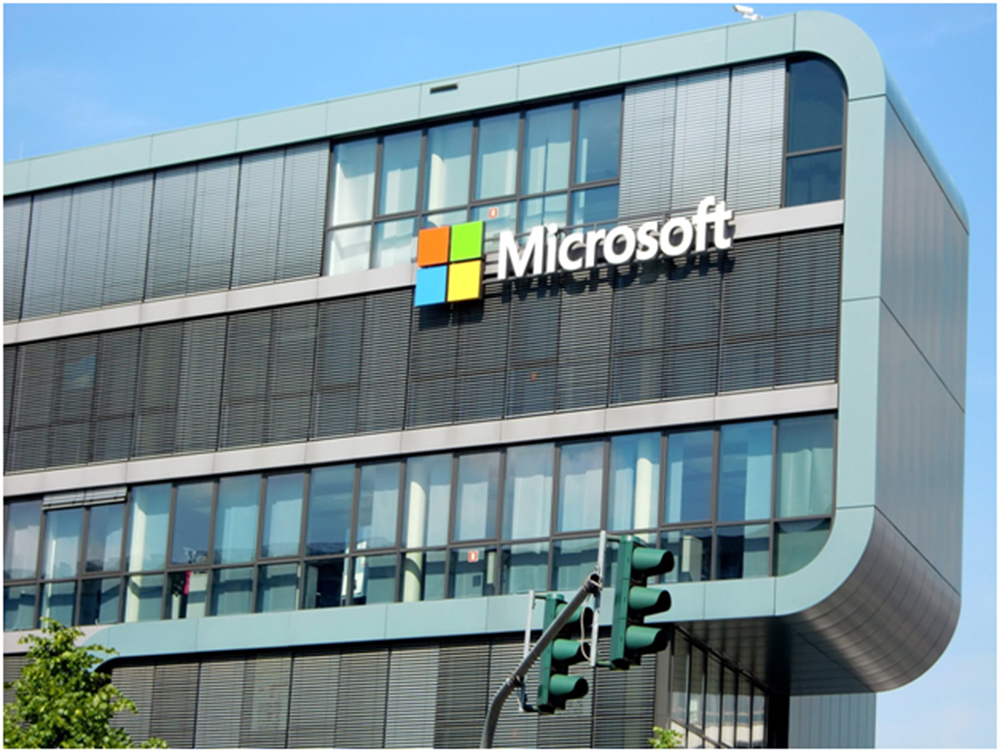August 28, 2018
If you are among the many Windows users suffering the onslaughts of frequent Windows 10 updates, there’s finally some good news for you. Following its own example of a simplified product upgrade, like that of SQL Server 2008 and Windows Server 2008, the company has decided to launch its much-awaited stable version of the operating system, after which the amount of monthly updates will be slashed. In addition to that, as Maliha Qureshi, a Microsoft program manager, wrote in her post that these new updates will be cumulative in nature, which would mean less background processing for the ‘optimal differentials’. There are a lot more other features that will be a part of the new Windows, but before that let’s get a better understanding about why this update is more significant than the ones preceding it.

It all began with the release of Windows Vista in 2006 and Windows 7 in 2009, after which users started expecting the major updates in the operating system in every three years. Keeping up with the expectations of the users, the tech conglomerate released Windows 8 in 2012, followed by 2015 release of, not Windows 9, but surprisingly of Windows 10. The company announced that it is the last ‘major’ update of the operating system with a set of lasting interface, hence the name. All the coming upgrades in terms of security patches and non-security features will be delivered in through occasional updates.
Since then, the company has been sending frequent updates of three different sizes and quality- Full, Express, and Delta. While these updates saved corporations from huge IT administration tasks involved in the version upgrade, it created irksome situations for the users, who are now required to wait for minutes on several occasions when their systems start updating itself automatically.
This was especially problematic for users with slow internet speeds when they have to download sometimes gigabytes of updates monthly. The new format of updates is supposed to solve this issue as well, which will come into effect after the major upgradation of Windows 1809.
Windows 1809 Features and the Future Upgrades
Earlier codenamed Redstone 5 the latest Windows update, appeares to be in the last phases of its testing. There are a number of features to why consumers will become more enthusiastic about this update, but what’s more exciting is how future updates will be implemented in Windows computers, and servers. But before diving into that, let’s have a brief overview of its new features-
Your Phone App: The much-awaited app that will allow Android users to connect their devices in a more integrated way, will finally be released. In short, Windows will now allow its users to take photos on their Android phones and then view them on their PCs, much like how iPhone and macOS users have been doing with their Photos App.
File Explorer: Windows will stretch the limits of its “dark mode” to its file explorer to give users a more unified interface.
Improved Snipping Tool: Snipping tool has become more advanced and more easily accessible. There will be a new shortcut key to open the complete tool Win+Shift+S, and more advanced features that will allow you to sketch more freely with Windows ink, annotate and crop the image in your desired shape.
Cloud Clipboard: A tool that will make copy-pasting a yet more satisfying experience. It will allow the user to access all the content that has been copied on the clipboard in one session to be accessible on not just one active but all the other connected devices.
Ease of Access: Keeping in line with its aim of making the company’s products more inclusive, Windows 1809 will feature ease of access flyout on the login screen, that will simplify it for users to toggle on/off the narrator.
There are many other amazing features associated with the update like improved Cortana Search, Game Bar, Search-friendly notepad, emoji 11, battery display for Bluetooth peripherals, and most importantly the machine learning algorithm that will time the updates according to the preferences of the users!
By cancelling out the three varied types of updates, there will only be one update for all users, after 1809. These updates will be cumulative in nature like the previous Full updates. However, they will also be smaller in size, only slightly bigger than the previous small packages of updates called Express.
These new complete yet smaller updates will be delivered directly through Windows Update, but users can also download and install it indirectly through WSUS (Windows Server Update Services), SCCM (System Center Configuration Manager), Microsoft Update Catalogue, and third-party platforms.
These updates will also be of a redistributable nature, which would mean enormous savings for the enterprises in terms of network bandwidth and cache size, if they download updates in one session and then distribute it to managed PCs indifferent branches.
Resources:
https://www.windowscentral.com/windows-10-universal-file-explorer
https://www.zdnet.com/article/windows-10s-next-big-feature-release-officially-named-build-1809/
https://www.windowscentral.com/windows-10-redstone-5